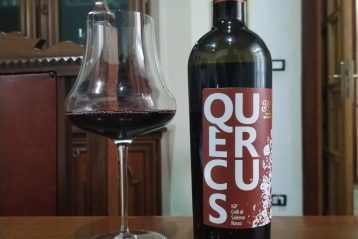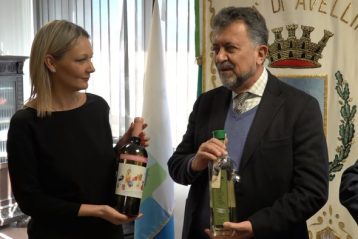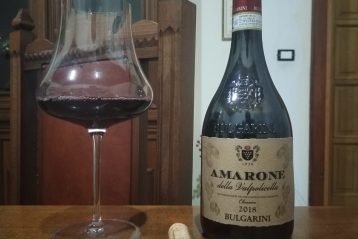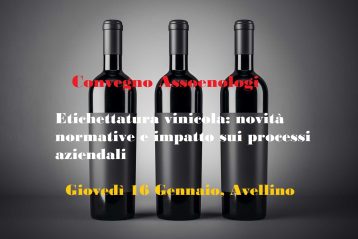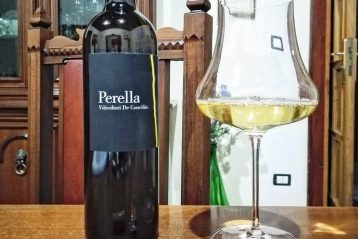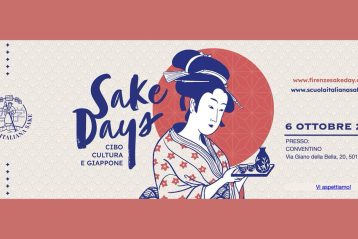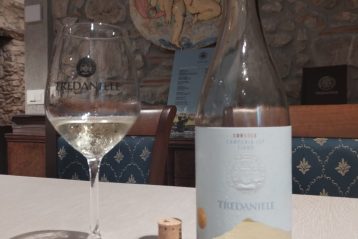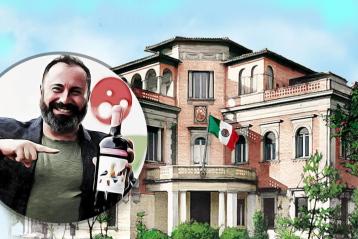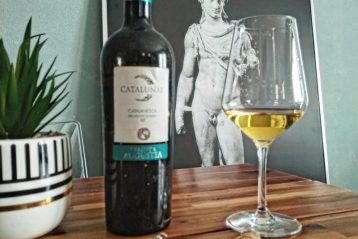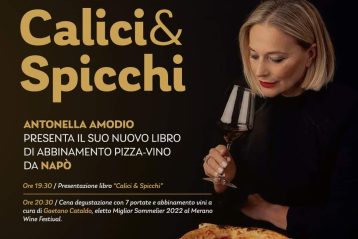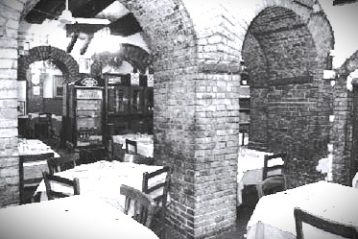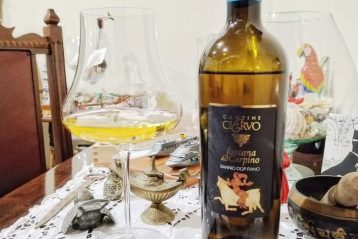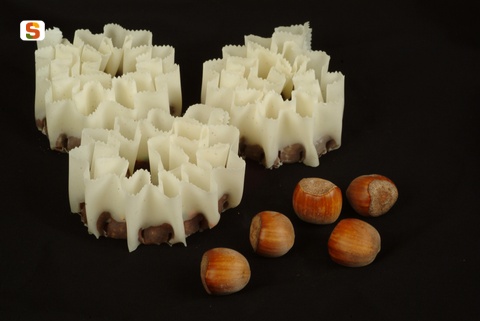
Surfing the internet looking for news about the current wedding tendencies it happens to find web portals which suggest ideas about marriage, from the ceremony to the party.
These ideas and advice are often directed towards a customization of the wedding day according to one’s own preferences and requirements. Unfortunately this trend brings to the loss of ancient traditions.
Every single country, and talking about Italy every single region, has many different wedding traditions full of symbols related to female’s sexuality and in particular to the loss of purity or to the fertility of a common life. Traditions and symbols that modern wedding are losing.
Despite these tendencies there are some traditions which even the most modern wedding must respect. One of these traditions is that of giving the guests a little package of almond bonbons. The almond bonbon has ancient origins: during the wedding parties Romans used to donate almonds and fruits as a symbol of prosperity and fertility. The habit of offering almond bonbons spread from France to Italy among nobles during Renaissance.
There is also a numerical rule about bonbons: their number must be odd otherwise they bring bad luck (the newlywed couple could not have any son!) and they should be five because this is an indivisible number just like the union of the new couple.
Beyond bonbons, ring of conjunction between tradition and modernity, there are many different habits which characterize every single region and nation and these habits have in common the use of bread and sweets and their meaning of purity and fertility.
Among the most artistic creations certainly there is Sardinian traditional bread, strictly white like bride’s purity. This bread is prepared by the female guests of the wedding who realize marvellous shapes giving this bread the value of an artistic work.
The shapes are different and they depend on the area of Sardinia: for example the bread can have the shape of flowers and in this case it is called pani fioridu. Other types of traditional bread are typical of Ogliastra (pani ‘e coia) or of Sulcis, where the wedding bread is called pani ‘e sposoriu.
Talking about artistic decorations we can’t forget caschettas from Belvì, a little village in Barbagia. Caschettas are also called “bride’s sweet” and they are made of a thin flour pastry filled with a paste of honey and nuts. Caschettas, which are donated to the bride, look like beautiful white flowers, symbol of purity.
As we have already said, bread and sweets have the meaning of wishing happiness and fertility and they characterize the traditions of many nations. For example Saxons used to offer to the couple a particular type of spicy bread and the fiancés used to give themselves heart shaped bread.
In Italy the origin of the symbolic use of bread during weddings date back to Romans who used to eat bread made with emmer as this cereal had the meaning of fertility for the bride.
Returning to modern weddings, we can say that emmer bread is the ancestor of modern wedding cake. Between these two traditions there is a long evolution of wedding bread and sweets which lasted many centuries. But the meaning is always the same: the cut of the cake symbolizes in fact the loss of bride’s purity.












